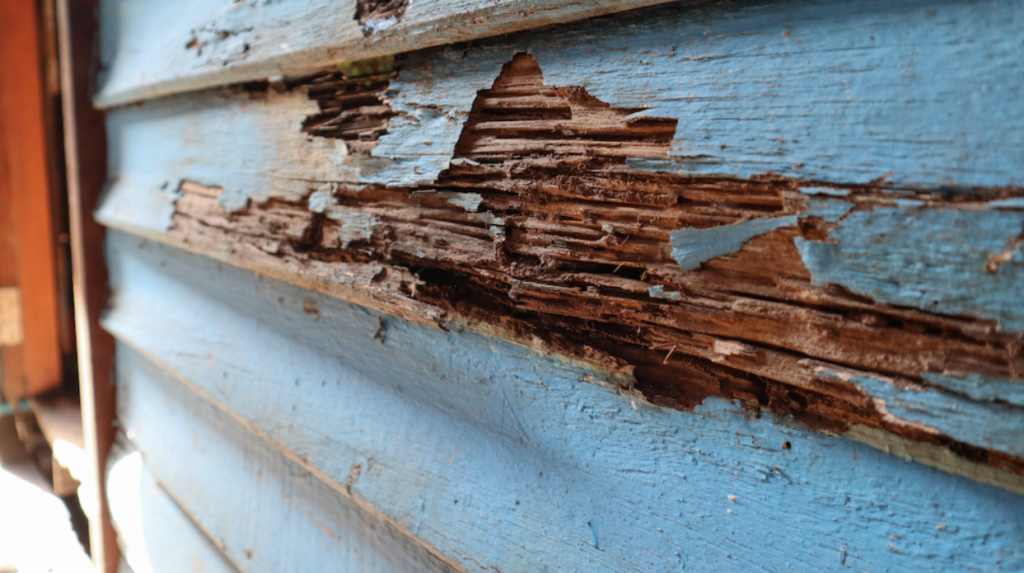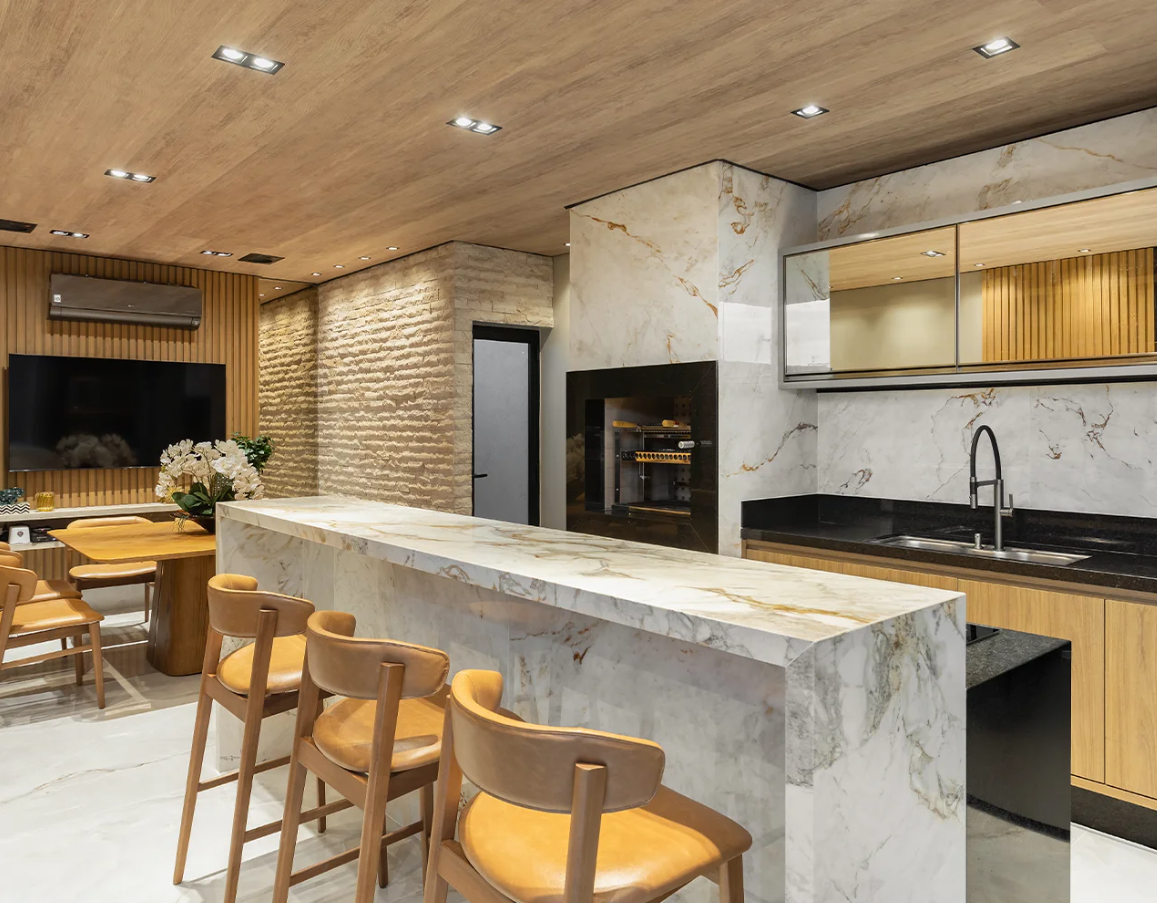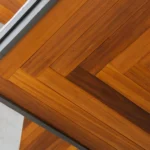Hardwood maintenance, Wood, Deck
How to Prevent Wood Rot – Effective Tips
Wood rot is a common problem that can severely damage your wood decks and other exterior structures if left unchecked, particularly when using domestic wood. It’s important to note that tropical hardwoods and thermally modified woods, like those provided by Brazilian Lumber, do not suffer from this problem.
Understanding what causes wood rot and how to prevent it can help you maintain the beauty and longevity of your wooden features. This guide will provide you with essential information and practical tips to prevent wood rot and decay, especially for wood decks made from domestic wood.
What is Wood Rot?
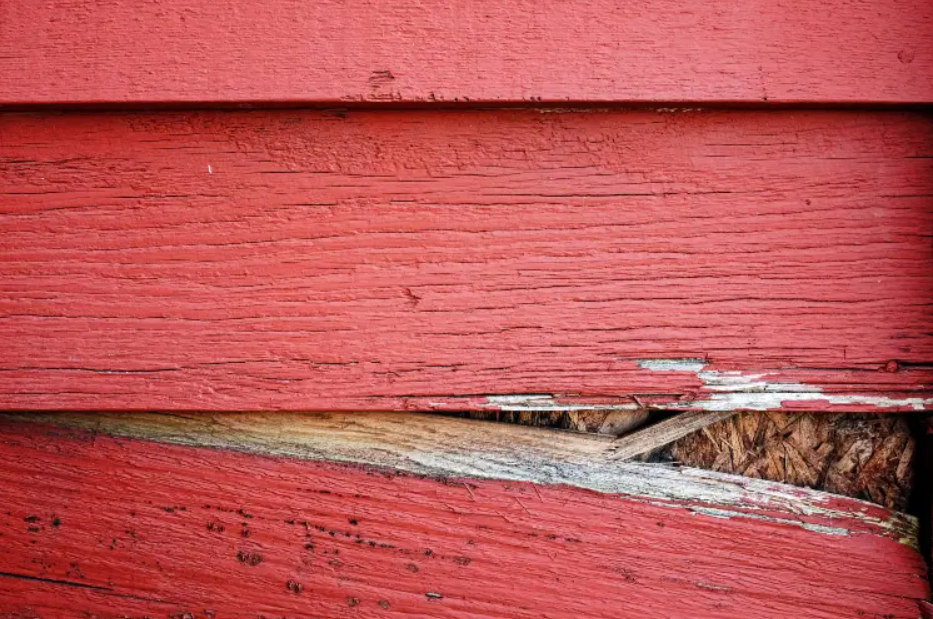
Wood rot is a type of fungal decay that affects wood when it is exposed to moisture for extended periods. This fungus feeds on the wood, breaking down its fibers and causing it to become weak and crumbly. There are two main types of wood rot: dry rot and wet rot. Dry rot occurs in relatively dry wood and spreads through the wood, while wet rot requires a higher moisture content and usually remains localized.
What are the Signs of Rotten Timber?
Detecting wood rot early can save you time and money in repairs. Here are some common signs to look out for:
- Discoloration: Wood that has been affected by rot often changes color, appearing darker or lighter than its surrounding areas.
- Softening: Rotting wood becomes soft and spongy to the touch. You might notice it feels different when you press or tap it.
- Cracks and Splits: As wood rot progresses, it can cause cracks and splits in the wood. These can appear in a pattern or be more random.
- Musty Odor: Rotting wood often has a distinctive, musty smell due to fungal growth.
- Surface Growth: Look for signs of fungal growth on the wood surface, such as mold, mildew, or white spore dust.
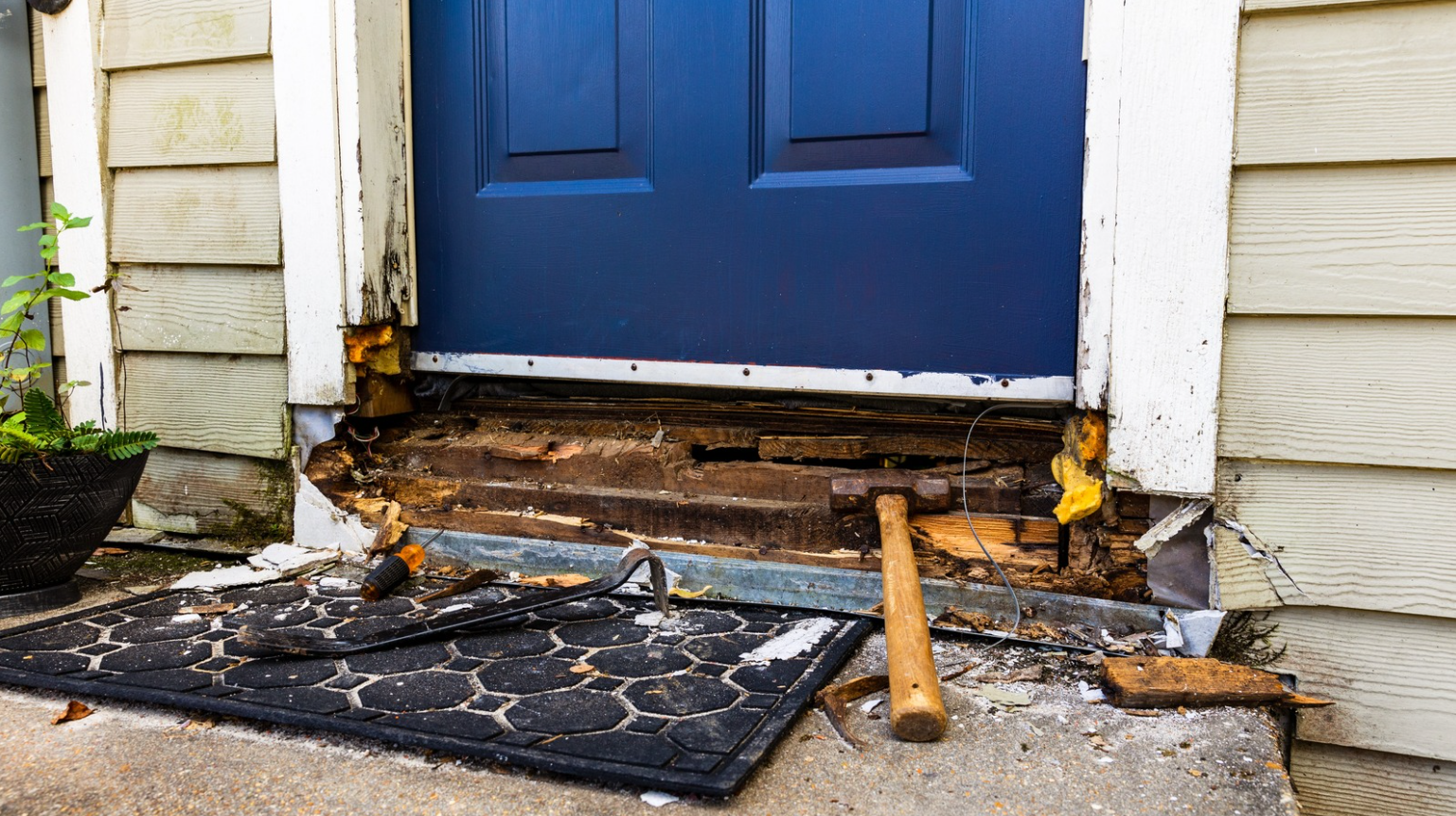
Causes of Rot and Decay
Understanding the causes of wood rot is crucial to effectively preventing it. The primary factors contributing to wood rot include:
- Moisture: Persistent exposure to water or high humidity levels is the main cause of wood rot. This can come from rain, condensation, or plumbing leaks.
- Poor Ventilation: Lack of airflow can trap moisture, creating an ideal environment for fungal growth.
- Unsealed Wood: Wood that hasn’t been properly sealed or treated is more susceptible to absorbing moisture and developing rot.
- Insect Infestation: Pests such as termites and carpenter ants can damage wood, making it more prone to rot.
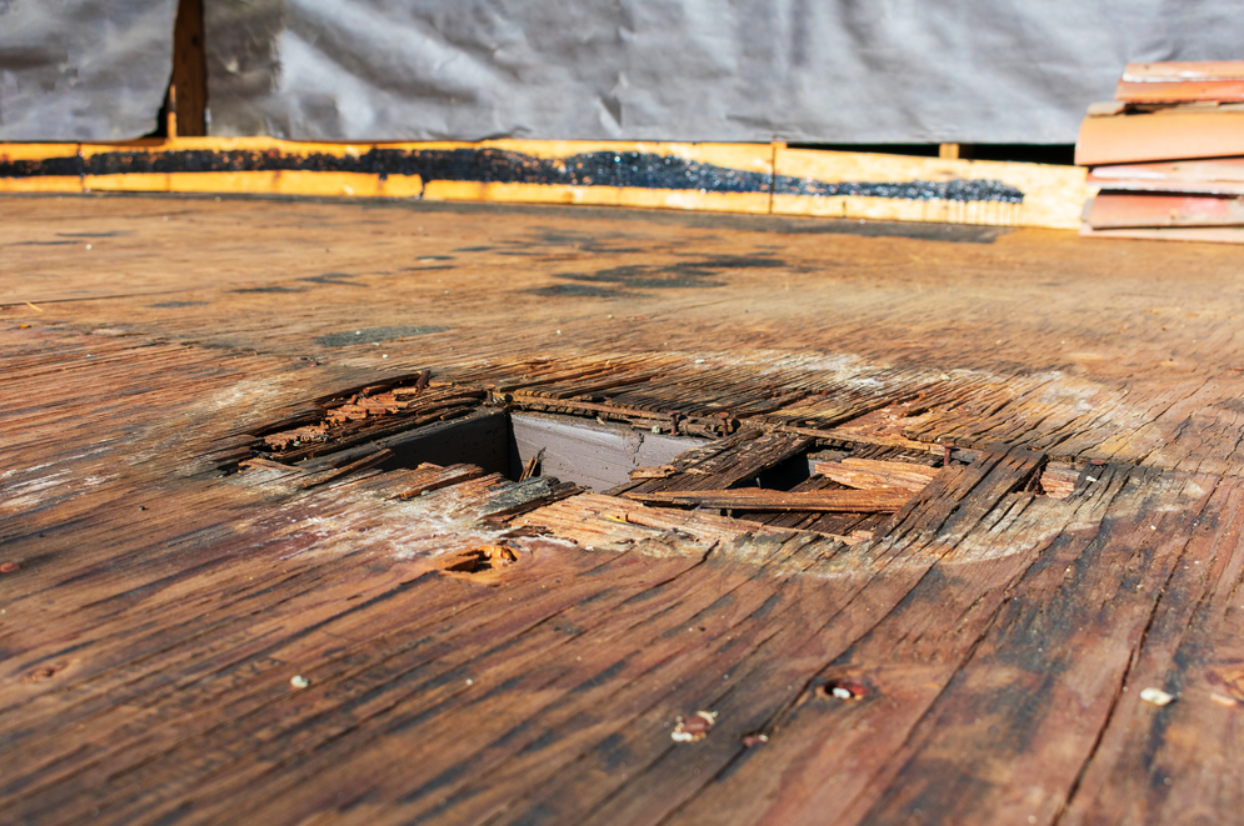
How to Prevent Wood Rot
Preventing wood rot involves a combination of proper maintenance, protective treatments, and smart design choices. Here are some effective strategies to keep your wood decks and exterior structures rot-free:
1. Choose the Right Wood
Using high-quality, rot-resistant wood is the first step in preventing wood rot. Tropical hardwoods, like the ones offered by Brazilian Lumber, are naturally resistant to decay and pests. These woods are dense and contain natural oils that protect against moisture and fungal growth.
2. Seal and Treat the Wood
Applying a high-quality wood sealer or preservative can significantly extend the life of your wooden structures. Sealers create a barrier that prevents moisture from penetrating the wood. Be sure to reapply the sealer as recommended by the manufacturer, typically every one to two years.
3. Ensure Proper Drainage
Proper drainage is essential to prevent water from pooling around your wood deck or other structures. Design your deck with a slight slope to direct water away. Additionally, keep gutters and downspouts clean and functioning to avoid water overflow.
4. Improve Ventilation
Good airflow helps keep wood dry and reduces the risk of rot. Ensure that there is adequate ventilation underneath your deck and around other wooden structures. Consider installing vents or fans in enclosed spaces to promote air circulation.
5. Regular Maintenance and Inspection
Routine maintenance is key to preventing wood rot. Regularly inspect your wood decks and exterior structures for signs of damage or wear. Clean the surfaces to remove dirt, mold, and mildew, which can hold moisture against the wood. Promptly address any issues you find, such as cracks or loose boards.
6. Protect Against Pests
Insects can accelerate the process of wood rot. Use insect repellents and consider treating the wood with a pesticide specifically designed for wood structures. Regularly inspect for signs of insect damage and take action if you detect an infestation.
7. Avoid Ground Contact
When building wood structures, avoid direct contact with the ground, which can lead to increased moisture exposure. Use concrete or other materials to create a barrier between the wood and the soil. If your deck posts are in the ground, consider using pressure-treated wood that is resistant to decay.
Repairing Rotten Wood
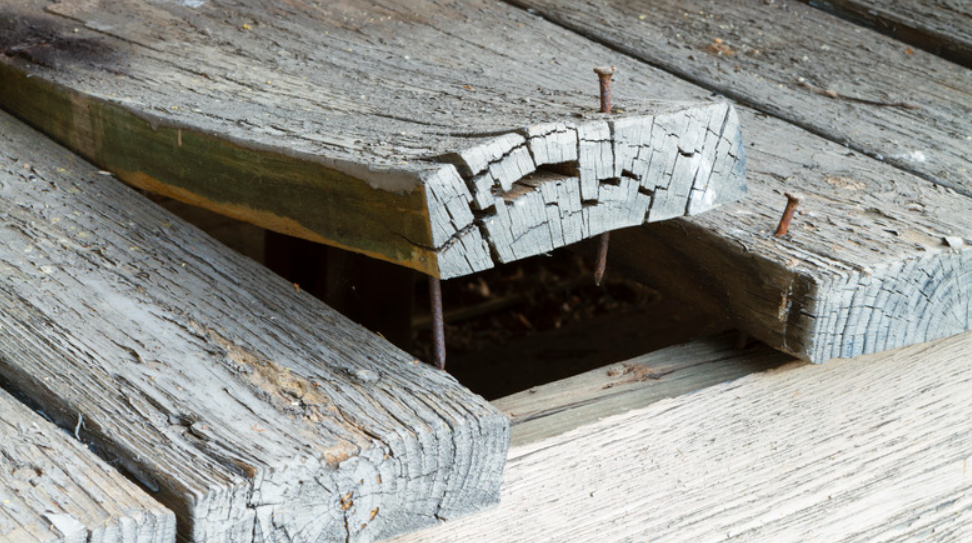
If you do find rotten wood, it’s important to address it promptly to prevent further damage. Here are the basic steps to repair rotted wood:
- Assess the Damage: Determine the extent of the rot. If the damage is localized, you might be able to repair it without replacing the entire piece.
- Remove Affected Wood: Use a chisel or saw to remove the rotted wood. Be sure to cut away all the decayed areas, leaving only solid, healthy wood.
- Treat the Area: Apply a wood hardener to the remaining wood to strengthen it. Follow with a wood filler to rebuild the damaged area. Sand the surface smooth once the filler has dried.
- Seal and Protect: After the repair is complete, apply a wood sealer or preservative to protect the repaired area from future moisture and rot.
Conclusion
Preventing wood rot is essential to maintaining the beauty and structural integrity of your wood decks and exterior structures. By understanding the causes of wood rot and implementing effective prevention strategies, you can ensure that your wooden features remain strong and attractive for years to come.
Regular maintenance, proper ventilation, and using high-quality materials like tropical hardwoods from Brazilian Lumber are key to preventing and managing wood rot. With these tips, you’ll be well-equipped to protect your investment and enjoy the natural beauty of wood without the worry of rot and decay.



